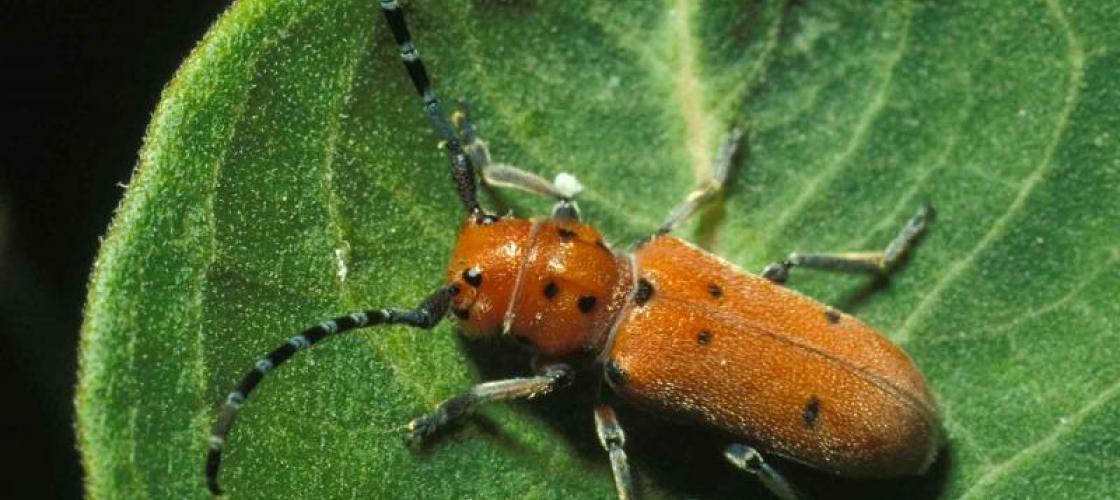All wildlife seeks to survive, but rather than hiding from predators, some harmless animals flaunt their presence. They can be so bold because they resemble other animals that taste bad or cause them harm. These harmless imposters benefit from the reputations of the animals they mimic. This survival technique is called mimicry.
We swat at flies, but avoid swinging at bumblebees and yellow jackets because we know they can sting us. Certain flies sport the back and yellow markings of stinging insects and escape the blows of large animals, like us, who are wary of them. Though harmless, their appearance wards off predators. The impostors don't hide or flee, but are saved through mistaken identity.
Milkweed bugs feed on milkweed and take up foul tasting substances from these plants. The bugs are large and lavishly splashed with orange. Predators who sample these bugs become sick and learn to avoid them. But their aversion to this bold-colored bug, is carried over to similarly colored prey. A different insect, the milkweed beetle, does not taste bad. But its resemblance to milkweed bugs deters predators.
Imitation may be the sincerest form of flattery, but for wildlife it can also increase an animal's chances for survival.


Recent Posts
























